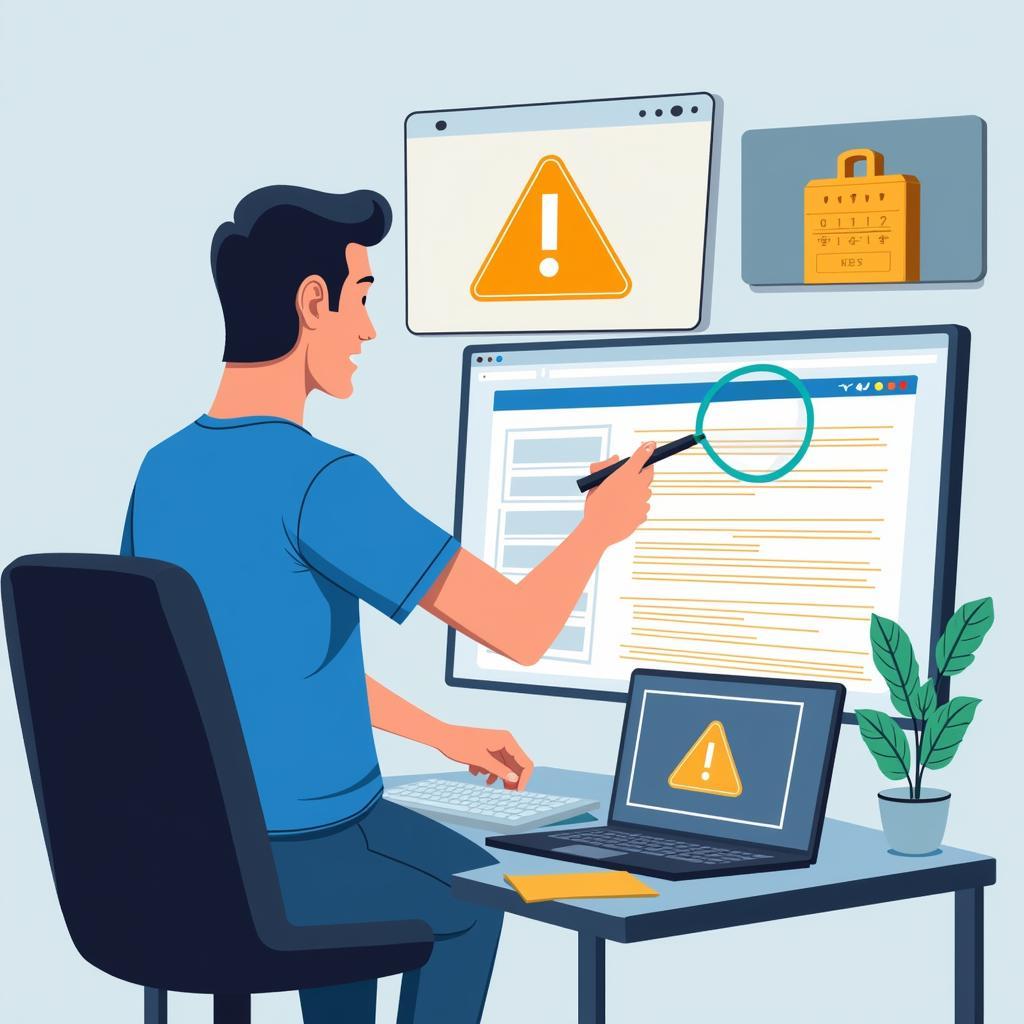VCDS lights coding allows you to customize and troubleshoot your car’s lighting system. From activating hidden features to diagnosing faults, understanding VCDS coding opens up a world of possibilities for enhancing your vehicle’s lighting performance and aesthetics. This guide dives deep into the world of VCDS lights coding, providing valuable insights for car owners, repair shop owners, and automotive technicians.
Understanding the basics of VCDS lights coding is crucial for anyone looking to modify their vehicle’s lighting. This involves connecting a VCDS interface to your car’s OBD-II port and accessing the various control modules responsible for lighting functions. With the right knowledge, you can tweak settings like daytime running lights (DRLs), cornering lights, and even add welcome home lighting. This also allows you to diagnose and fix common lighting issues, potentially saving you a trip to the mechanic. For instance, you can use VCDS to identify a faulty bulb or a malfunctioning control module, enabling you to address the problem directly. Interested in learning more about VCDS in general? Check out our guide on how to use ross tech vcds lite.
What are the Benefits of VCDS Lights Coding?
VCDS lights coding offers a multitude of benefits, empowering you to personalize your car’s lighting to your exact preferences. It unlocks hidden features that the manufacturer may have disabled, giving you access to functionalities that enhance both safety and aesthetics. Furthermore, VCDS coding allows for precise diagnostics, pinpointing the root cause of lighting problems and saving you valuable time and money on repairs.
How to Code Your Car’s Lights with VCDS?
Coding your car’s lights with VCDS involves a few key steps. First, you’ll need a genuine Ross-Tech VCDS interface and the appropriate software installed on your computer. Then, connect the interface to your car’s OBD-II port and launch the VCDS software. Select the correct control module for the lights you want to modify, and enter the specific coding values. It’s crucial to back up your original coding before making any changes, ensuring you can revert to the factory settings if needed. Want to know more about using VCDS with a specific Audi model? See our article on a3 vcds.
Common VCDS Lights Coding Modifications
Numerous popular modifications can be achieved through VCDS lights coding. Activating coming home/leaving home lights provides added convenience and safety. Adjusting the brightness of your DRLs or enabling cornering lights further enhances visibility and driving experience. You can even customize the behavior of your tail lights or fog lights.
Troubleshooting Common VCDS Lights Coding Issues
While VCDS coding offers incredible flexibility, it’s essential to be aware of potential issues and how to troubleshoot them. Incorrect coding values can lead to malfunctioning lights or even trigger error messages on your dashboard. Always double-check the coding values before applying them and refer to reputable sources for accurate information. Having trouble with mobile VCDS solutions? Check out our resource on vcds mobile 4pda.
How to Adjust Headlight Settings with VCDS?
VCDS also allows you to fine-tune your headlight settings. This can be particularly useful for adjusting the beam level or aligning the headlights after replacing a bulb. Specific procedures may vary depending on your car model, so consulting the relevant documentation is essential. Need help adjusting your Audi A4 headlights? Our guide on how to adjust 2003 audi a4 headlights with vcds provides a step-by-step walkthrough.
VCDS Lights Coding for Different Car Makes and Models
VCDS lights coding procedures can differ significantly between car makes and models. While the underlying principles remain the same, the specific coding values and control module access may vary. It’s crucial to use the correct coding for your specific vehicle to avoid any potential problems. Looking for VCDS tweaks for your VW Up? Our article on vw up vcds tweaks can help you discover some hidden gems.
In conclusion, VCDS lights coding provides a powerful tool for customizing and troubleshooting your car’s lighting system. By understanding the basic principles and following the correct procedures, you can unlock a wealth of features and enhance your driving experience. Remember to always back up your original coding and consult reputable sources for accurate information.
FAQ:
- What is VCDS? VCDS is a diagnostic and coding software for VAG (Volkswagen Audi Group) vehicles.
- Do I need a special cable for VCDS? Yes, you need a genuine Ross-Tech VCDS interface.
- Is VCDS coding safe? Yes, as long as you follow the correct procedures and use the right coding values.
- Can I revert to my original coding? Yes, always back up your original coding before making any changes.
- Where can I find VCDS coding information? Reputable online forums and the Ross-Tech website are good resources.
- What are some common VCDS lights coding modifications? Activating coming home/leaving home lights, adjusting DRL brightness, and enabling cornering lights are popular modifications.
- What should I do if I encounter problems with VCDS coding? Double-check the coding values and consult online resources for troubleshooting tips.
Need Help? Contact us via Whatsapp: +1 (641) 206-8880, Email: CARDIAGTECH[email protected] or visit us at 276 Reock St, City of Orange, NJ 07050, United States. Our customer support team is available 24/7. We also have other articles that may help you with your VCDS coding journey.

